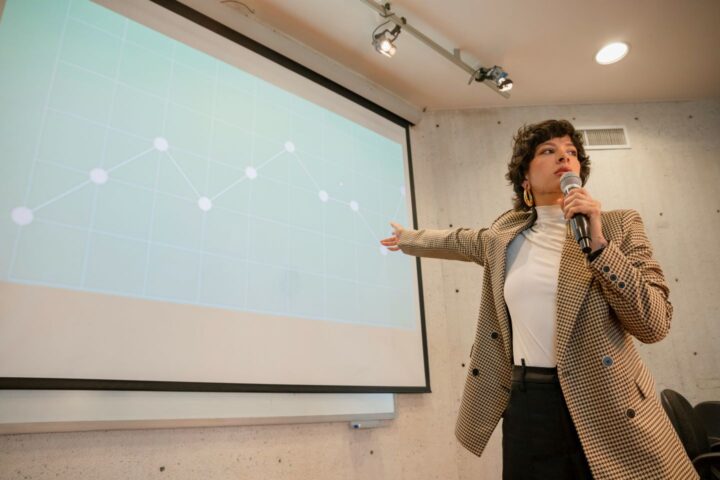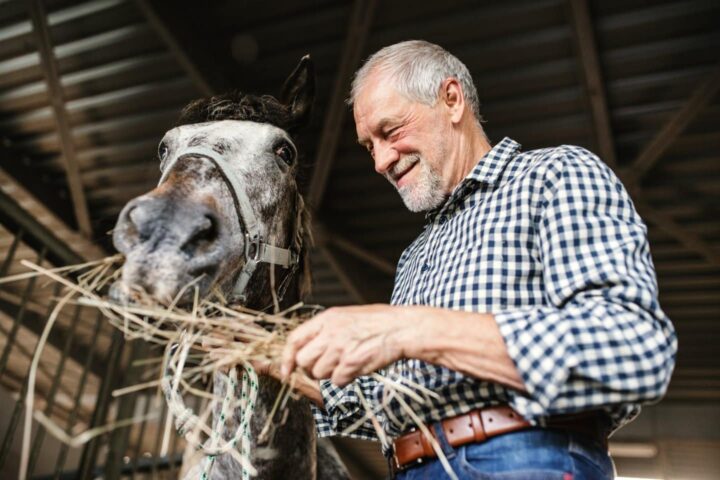A groundbreaking study from the University of California, San Diego, has confirmed that dogs can intentionally use soundboards to communicate with their owners. The research, published in the journal Scientific Reports, analyzed data from 152 dogs over a period of 21 months, capturing over 260,000 button presses.
Key Findings: Dogs Use Soundboards to Express Specific Needs
The study found that dogs trained to use soundboards for communication can create two-word combinations that exceed mere random behavior or simple imitation of their owners. The buttons most commonly used were related to essential needs, such as “outside,” “treat,” “play,” and “potty.” Notably, combinations like “outside” + “potty” or “food” + “water” were used in meaningful ways, occurring more frequently than expected by chance.
Practical Implications: Enhancing Communication Between Dogs and Owners
This research offers dog owners a new way to understand their pets’ needs better. “While dogs already communicate some of these needs,” said lead researcher Federico Rossano, “soundboards could allow for more precise communication. Instead of barking or scratching at the door, a dog may be able to tell you exactly what it wants, even combining concepts like ‘outside’ and ‘park’ or ‘beach.'”
Methodology: Advanced Statistical Analysis and Computer Simulations
The research team used advanced statistical methods, including computer simulations, to determine whether button combinations were random, imitative, or truly intentional. The results showed that multi-button presses occurred in patterns significantly different from random chance, supporting the idea of deliberate communication.
Future Research Directions: Exploring the Limits of Canine Communication
While the study provides evidence of intentional two-button combinations, the researchers aim to go further. Future investigations will explore whether dogs can use buttons to refer to the past or future—such as a missing toy—or combine buttons creatively to communicate concepts for which they lack specific words.
Reference
Bastos, A. P. M., Houghton, Z. N., Naranjo, L., & Rossano, F. (2024). Soundboard-trained dogs produce non-accidental, non-random and non-imitative two-button combinations. Scientific Reports, 14(1), 1-12. DOI: 10.1038/s41598-024-79517-6

















